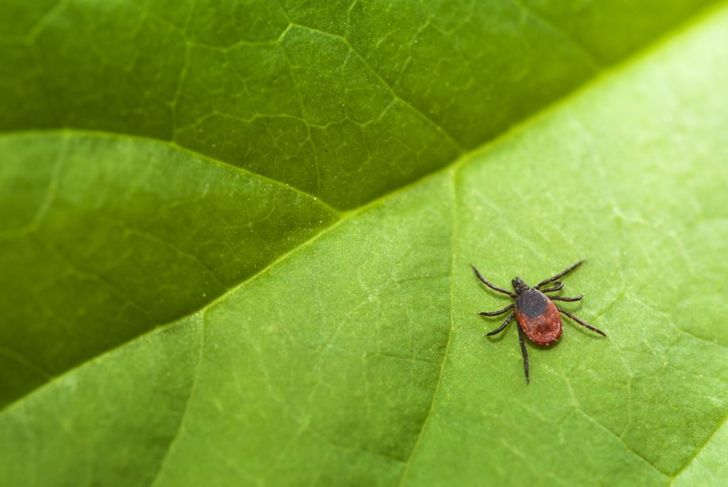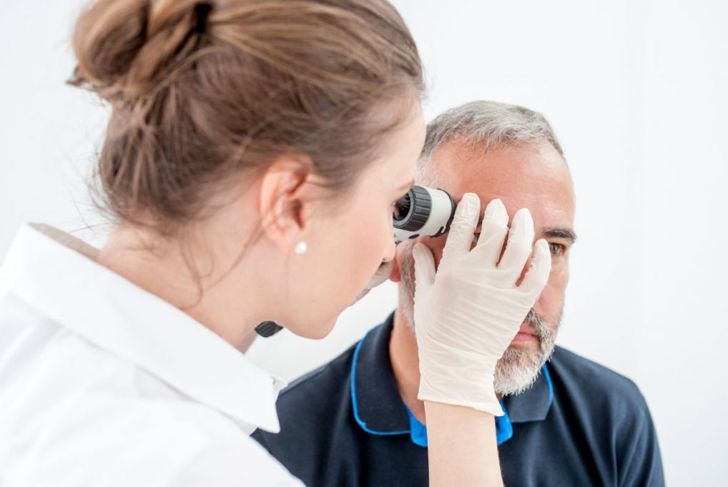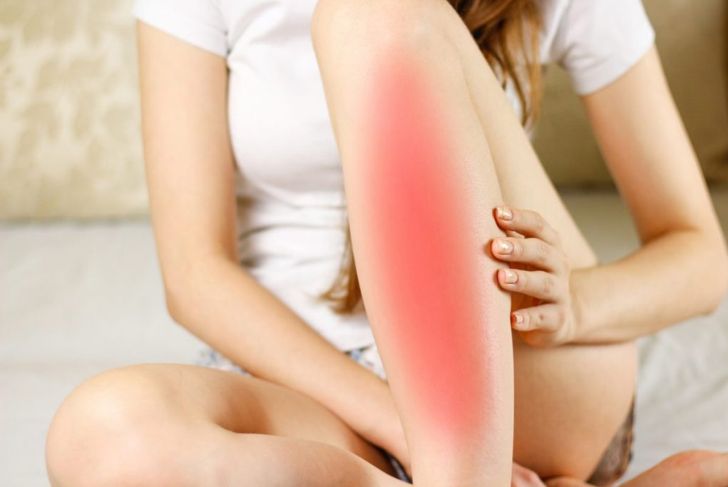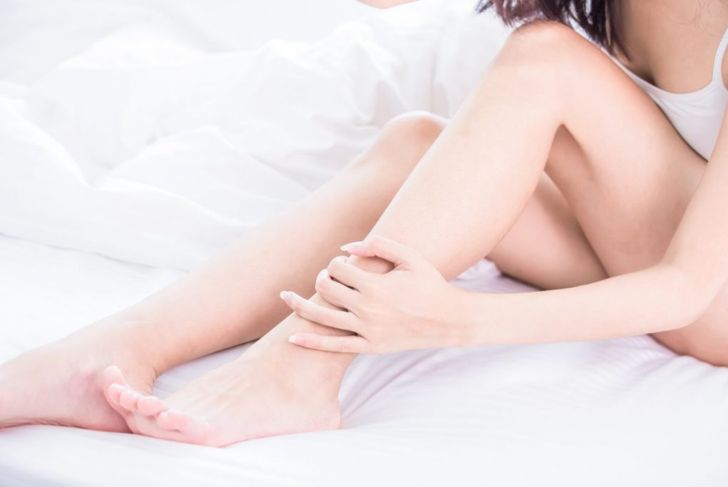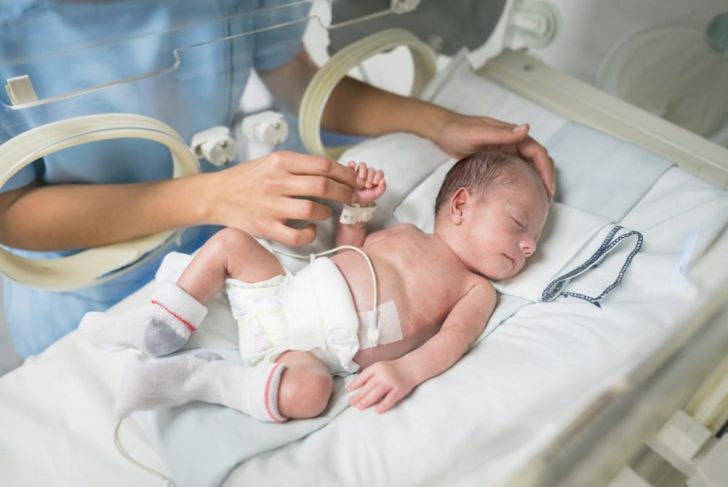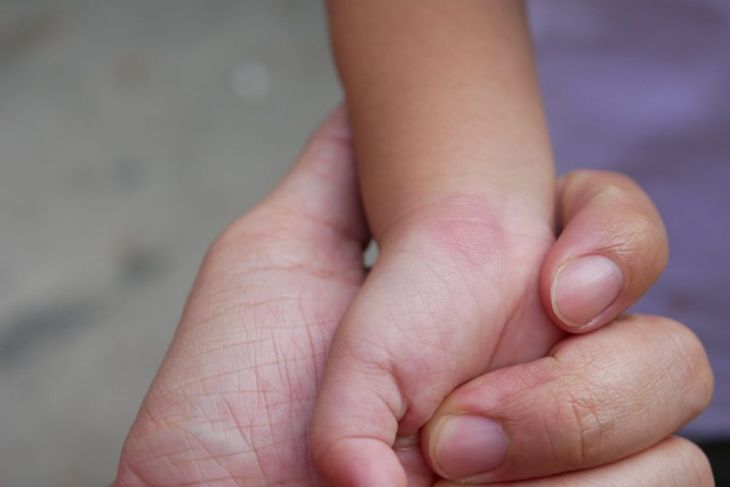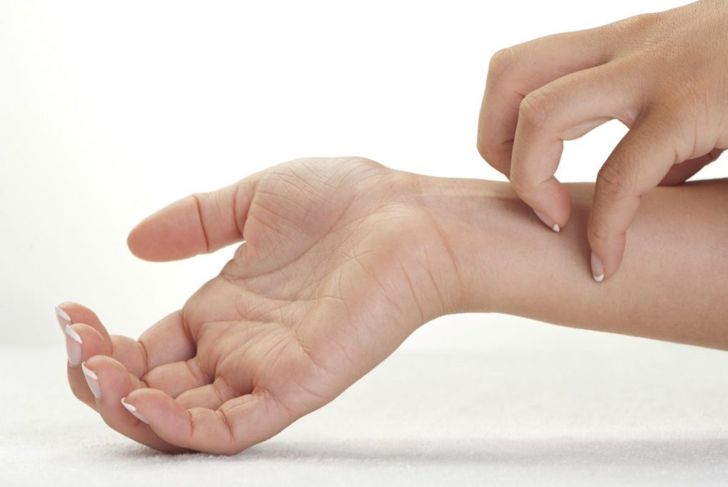Erythema is redness of the mucous membranes or the skin, usually resulting from a skin injury, inflammation, or an infection. Some types of erythema, such as nervous blushes, don’t result from a condition at all. The root cause of erythema is hyperemia in the superficial capillaries: an increase of blood flow in the blood vessels close to the surface of the skin. There are many different types of erythema. Most are common issues such as sunburns, allergic reactions, or eczema. However, there are several rarer and more distinct types of erythema as well.
Blushing
Many people blush when they are nervous, embarrassed, passionate, or angry. Individuals with social anxiety may blush more often and severely. While blushing is a minor form of erythema, people who regularly experience extreme facial blushing may have a more dramatic type — idiopathic craniofacial erythema. Though physicians don’t entirely understand the causes behind blushing and idiopathic craniofacial erythema, they realize that causes are primarily psychological with some possible physiological influences. Generally, treatment involves therapy to help the patient handle the causes and effects of their blushing.
Fifth Disease
Parvovirus B19 can cause fifth disease or erythema infectiosum, an illness that afflicts children primarily. Fifth disease usually features a mild rash along with fever, runny nose, and headaches. Most people develop the condition within two weeks of a parvovirus B19 infection. “Fifth” disease gets its name from the traditional belief that it was the fifth disease to affect children. Treatment is typically not necessary, as the condition will resolve without it.
Erythema Migrans
Lyme disease can cause erythema chronicum migrans. Around 80 percent of people with Lyme disease develop circular rashes resemble targets or bullseyes. The rashes measure about two inches in size initially, though they can grow as large as 12. Typically, the rash appears at the site of the tick bite that caused the disease. It may not appear for up to 30 days following the bites. The rash itself is rarely itchy or painful. However, because it is the result of Lyme disease, a person may experience fevers, headaches, chills, and joint aches. Treatment for Lyme disease involves oral antibiotics. The rash will resolve along with the condition.
Erythema Multiforme
One of the rarer types of erythema again primarily affects children, though it may also occur in adults between the ages of 20 and 40. Erythema multiforme is a skin disorder featuring red, raised patches that resemble targets. Typically, these rashes appear symmetrically around the body. There are two types of erythema multiforme: minor and major. The minor form features only rashes and lesions and usually resolves in a few weeks. Erythema multiforme major is significantly more serious and can affect the mouth, eyes, and genitals. Physicians believe erythema multiforme results from a reaction to infection, most commonly the herpes simplex virus. Treatment usually focuses on relieving symptoms rather than treating the erythema, as it usually resolves without interference.
Erythema Nodosum
Panniculitis is inflammation of the fat layer that lies beneath the skin. It has many causes, one of which is an uncommon type of erythema. When panniculitis also causes red or violet bumps to develop under the skin, physicians classify the condition as erythema nodosum. The bumps grow over the shins in most cases, but may also develop on the arms or other areas. The most common causes of erythema nodosum are streptococcal infection, sarcoidosis, or inflammatory bowel disease. Treatment involves elevation of the affected limb and application of cold compresses. Nonsteroidal anti-inflammatory drugs may assist with pain and swelling.
Erythema Induratum
A condition similar to erythema nodosum, erythema induratum is a type of panniculitis that affects the calves. It typically appears in individuals who have large amounts of subcutaneous fat, thick ankles, or poor arterial blood supply. For many years, healthcare professionals considered erythema induratum and nodular vasculitis to be the same disease. However, in modern medical texts, physicians tend to make a distinction between the two. Both conditions cause chronic and painful nodules which may result in scarring, but the prognosis is generally optimistic with proper treatment.
Hot Water Bottle Rash
Constant and excessive exposure to heat can cause hot water bottle rash or erythema ab igne. The consistent heat injures the epidermis of the skin and causes damage similar to sun-damaged skin. Erythema ab igne is rarer in developed nations because of the wide availability of general heating sources such as central heating. The condition is more common in areas that primarily use hot water bottles, heating pads, and infrared lamps for warmth. It can cause skin discoloration even after erythema ab igne resolves and carcinoma may develop years after the exposure.
Erythema Toxicum
Newborns are particularly prone to erythema toxicum. This condition appears in as many as half of all newborns, though it may not present for a full day following birth. Generally, the condition is harmless, though it may scare parents. Erythema toxicum features a rash of small yellow or white bumps and red skin. The rash may appear or vanish quickly and may seem to travel around the infant’s body.
Palmar Erythema
Most types of erythema don’t affect the palms of the hands or the soles of the feet. Palmar erythema is an atypical condition that causes redness around the base of the palm, thumb, and little finger. Occasionally, the fingers may also become discolored. The degree of redness depends on temperature, emotional state, pressure, and arm position. There are many possible causes of palmar erythema. Extremely rarely, it may be hereditary, though it usually results from pregnancy or diseases such as liver cirrhosis. Because the condition often has no other symptoms, treatment is not necessary.
Erythema Elevatum Diutinum
Another rare form of erythema is erythema elevatum diutinum. This type of leukocytoclastic vasculitis features red, purple, yellow, or brown growths and rashes along the body. Erythema elevatum diutinum is a chronic disease. It may evolve and worsen over several years, after which it may resolve. The lesions and growths tend not to leave scars, but areas of skin may remain darker or lighter. Many cases of erythema elevatum diutinum are asymptomatic, but the lesions can be cosmetically upsetting. In some instances, the lesions may cause surface pain, joint pain, itching, or burning.

 Home
Home Health
Health Diet & Nutrition
Diet & Nutrition Living Well
Living Well More
More

